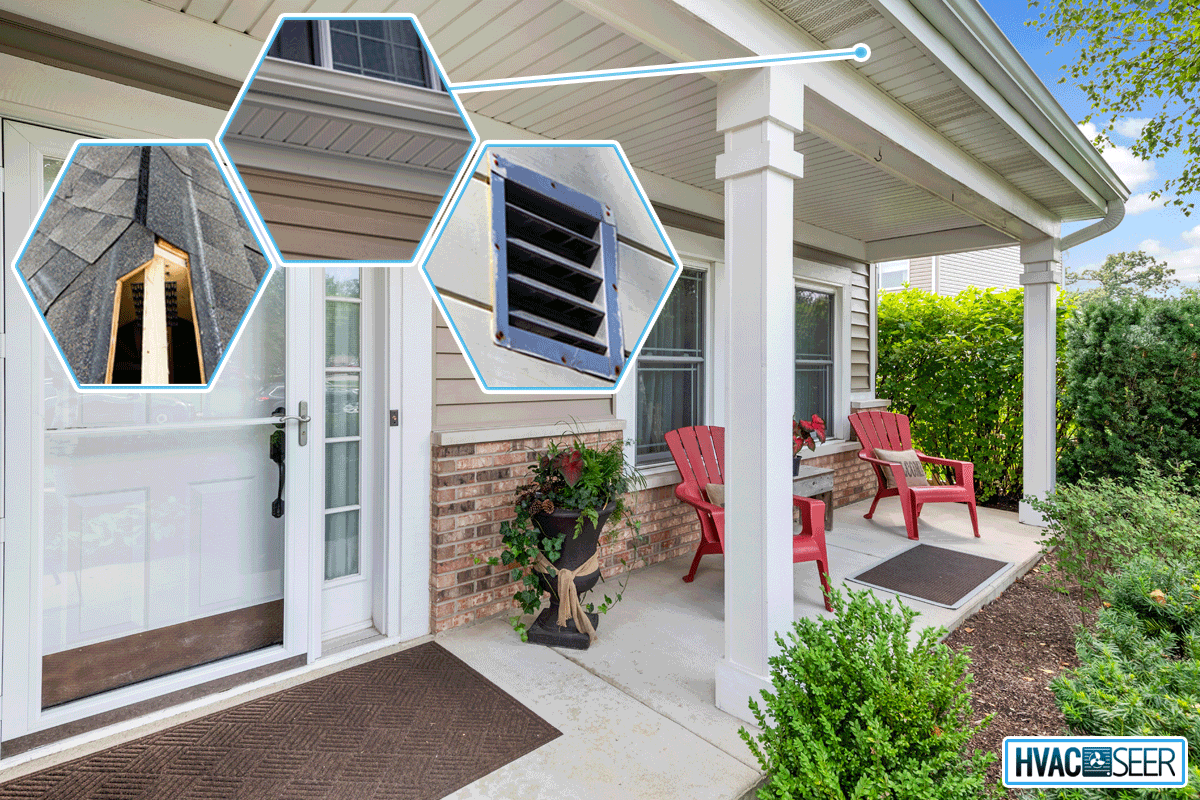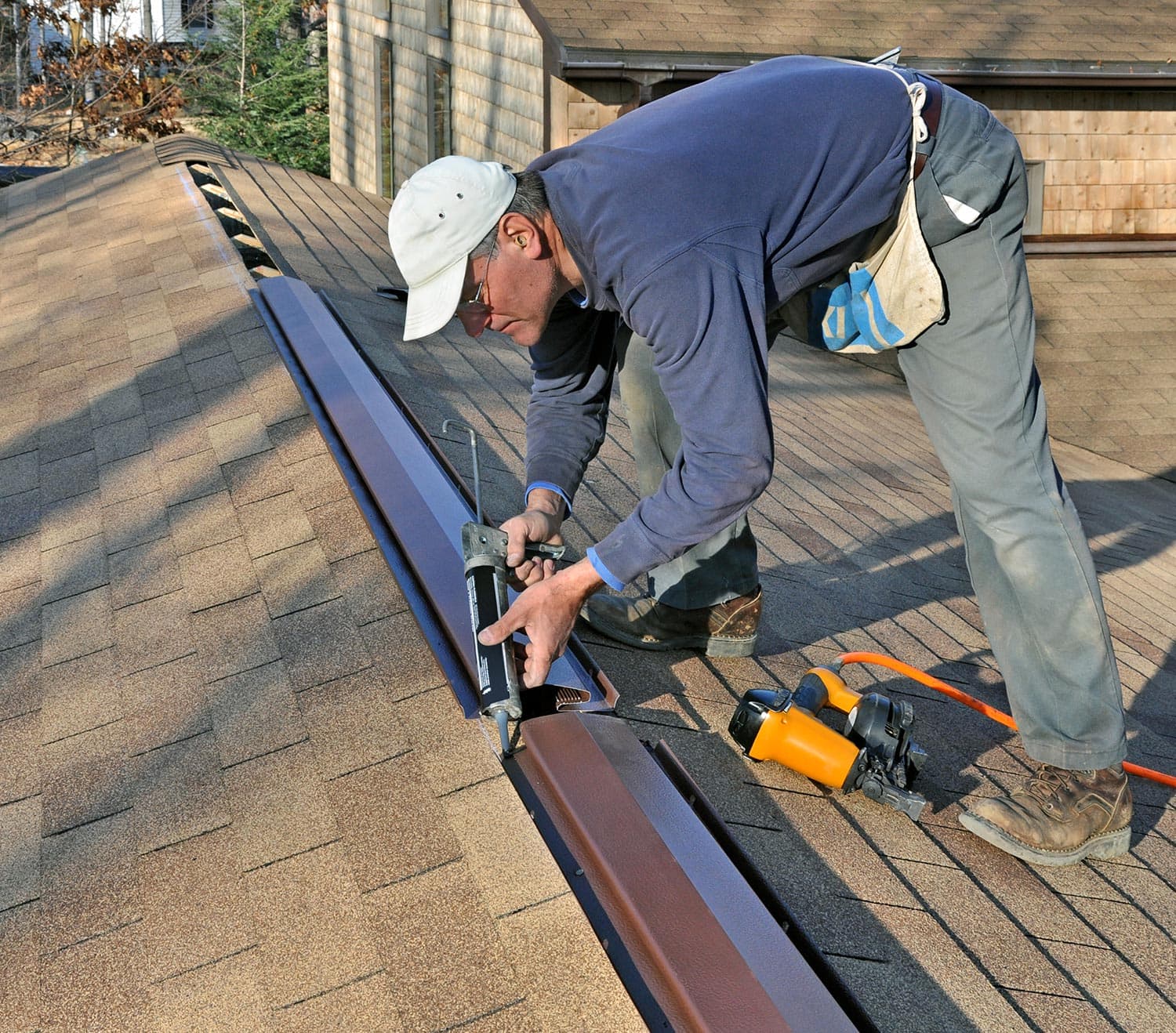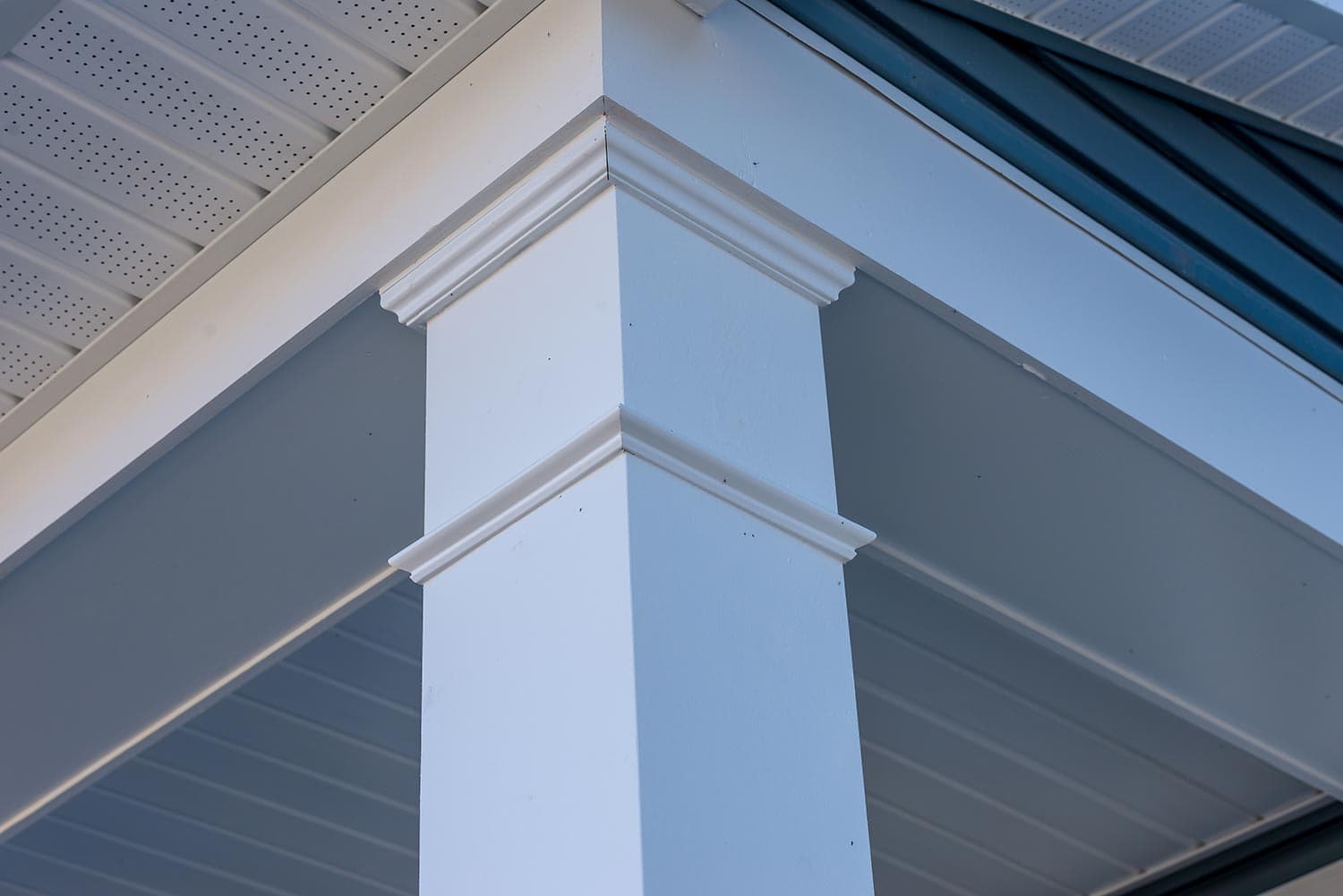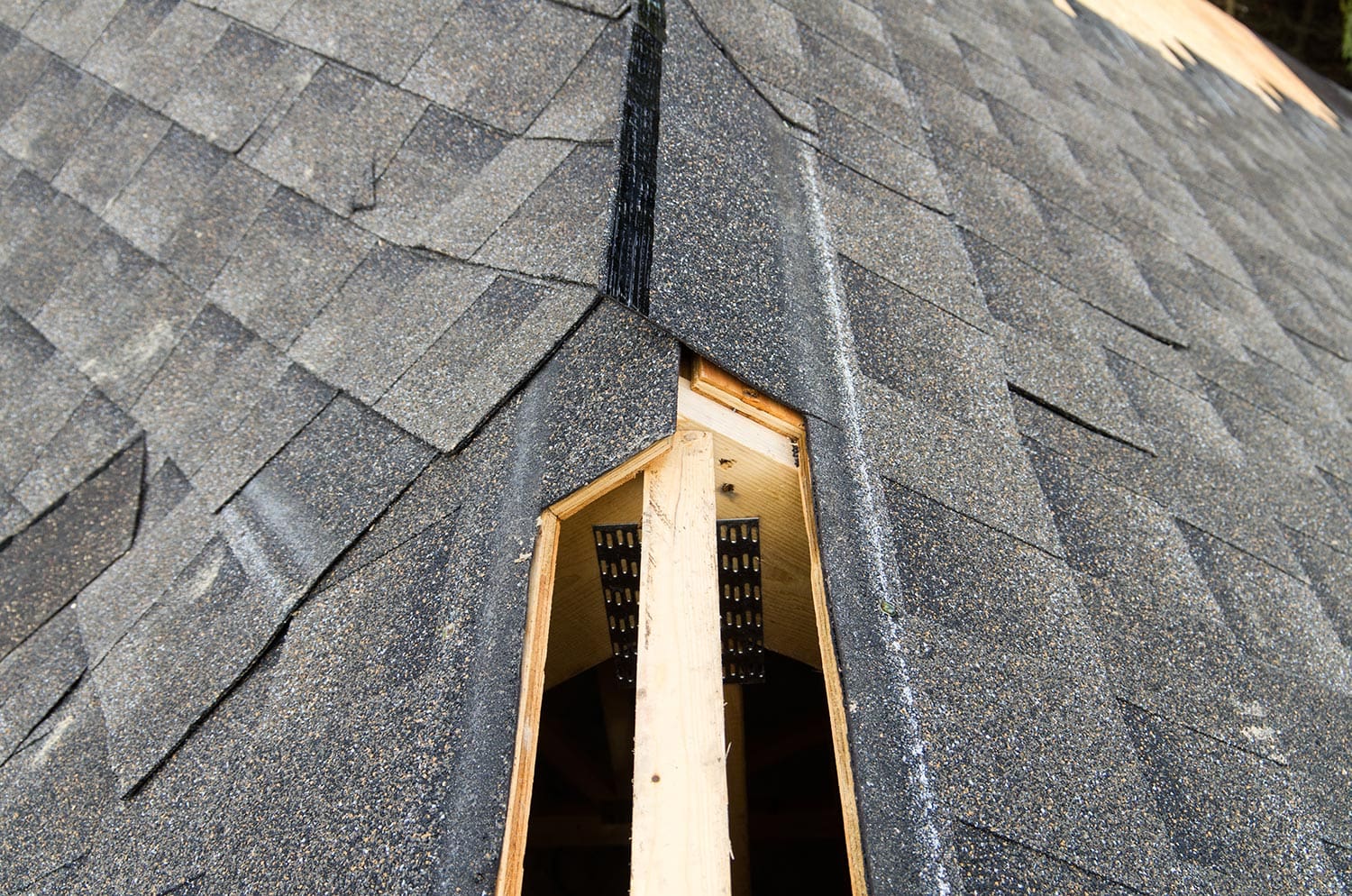Homeowners may run into the dilemma of whether or not they should add ventilation to their porch ceilings. It's a valid question that one has to ask when they're starting a porch project or want to do some repairs. So, we compiled as much data as we could gather from the experts to bring you the best answer possible.
Most homebuilders would agree that while good ventilation has its merits, it's not worth the trouble. Because most porches are often open and unconditioned, ventilation is not necessary.
This answer might come as a surprise to many, but we will discuss it further in this article. While most of the time ventilation isn't necessary, that doesn't apply to all porches.
Keep reading to find out more about what ventilation brings to the table and if it is necessary for the porch you have at home.

Is Ventilation Necessary For Porch Ceilings?
First, we need to understand the benefits that ventilation brings. As we all know, our roofs are exposed to many natural elements. As a result, they deteriorate and degrade over time which in turn, extends to the building structure.
Ventilation helps to reduce deterioration by allowing air to flow across roof surfaces, allowing them to dry out. Not only that, the airflow helps to melt snow and ice, allowing them to slide off the roof surface without having you worry about it.
Additionally, it also prevents the shingles on the roof from cracking and getting destroyed. So, you might be wondering, why do homebuilders advise people that it's not worth ventilating their porch ceilings?
As stated earlier, most porches are open and unconditioned. Because the primary reason for adding ventilation is to provide a way where heat can escape to lessen the amount of humidity that builds up. This is only effective if your porch is enclosed in a conditioned space.
And while many would still argue that ventilation would still help increase the shelf life of your roof shingles, the reality is that it's not worth it. That's why most builders would agree that adding ventilation to your porch ceiling is not worth the trouble.
Check these roofing shingles on Amazon.
What Happens To Porch Ceilings With No Ventilation?
As we've already seen, a lack of ventilation can cause warm air to be trapped. With nowhere to go, this causes condensation to happen which, in turn, creates extra moisture.
That extra moisture would then remain for a good time in between the roof and ceiling, causing it to leak out and stain interior ceilings. Additionally, this causes mold and mildew to grow over time, resulting in unsightly black and greenish stains all over your ceilings and walls.
In cold areas, poor ventilation can cause the buildup of ice on your roof. As a result, they become a natural dam to melting snow, causing it to leak into the roofing material, then into the interior of your home.
But do take note that this usually happens to enclosed porches. Open porches don't typically run into this sort of problem because warm air is available compared to a sealed environment.
Which Is Better, Vented Or No Vent?
In reality, this depends on what kind of porch you have at home. So, if you own an enclosed porch, then ventilation would greatly help to avoid unsightly damage to your home's interior.
But if you own an open porch, then it's better to leave it as is. Not only will this save you from a lot of trouble, but it will save you money as well.
In short, it's better to ventilate an enclosed porch. Any other porch besides that, you can skip out on it.
Adding Ventilation To Porch Ceilings
Ventilation would allow for hot air and humidity to escape, making it easier for your enclosed porch to cool down. This is crucial to the interiors of enclosed porches to prevent damage like mold and mildew to appear.
To those wanting to add ventilation to their porches, the following are most commonly used: soffit vents, shed vents, and ridge vents. Call a professional for help in choosing which one works best for your porch.

If you wish to know more about the other types of vents, as well as systems and fans that also help with condensation, including ones that may suit your home better, then check out this article: 15 Types Of Attic Ventilation Systems, Vents, And Fans
Click here to see this adhesive shingle on Amazon.
Types Of Porch Ventilation

The three most commonly used types of vents that help warm air and humidity to escape include the following:
Ridge Vents
These run along with the highest point of the roof. They provide an opening where warm air can escape to.
A ridge vent can provide ventilation even to porches that don't have a ceiling. In this case, however, it won't be able to generate enough airflow. Without enough airflow, heat would gradually build up and humidity would rise.
In the photo below, you can see how a ridge is created, hence the name. Combined with soffit vents, this is one of the most common ventilation methods out there.

Soffit Vents
These vents are positioned underneath the porch, helping bridge the gap between the roof rafters and the porch walls. Placed horizontally, they release warm air through the highest point of the roof.
Used in tandem with ridge vents, they help maximize one another's efficiency when it comes to moving air from the lowest point of the roof towards its highest point. Most enclosed porches use a combination of these two.
Here's a close-up view of the overhang that makes up part of a soffit vent. Because of where it's positioned, it's almost always used with ridge vents.

Shed Vents
These are vents that are tricky to apply to one's porch. The intersection between the roof and the wall is what makes this so challenging because it's highly susceptible to water leaks.
Generally, the intersection is typically the highest point and as such, it makes sense to place a roof vent there. However, these vents can cause seams and slight openings to appear. As such, water could enter through them and cause massive damage to the interior of your home.
If you plan on using this type of vent at home, consult an expert on the matter. Their advice would help in finding a solution to this dilemma.
Consider the intersection between the porch roof and the wall of the house. Logically, that's where it's best to add a vent but there would be complications that come with it. As such, always ask for an expert's advice when needed.

Can One Have Too Many Vents?
Too much of a good thing is bad for one's health, or in this case, to one's roof. While having a multitude of vents will help keep air circulating to prevent moisture from building up, this comes at the expense of increased utility bills.
Too much ventilation can lead to the damages that you were trying to prevent in the first place.
Too much air circulation will cause the roof to collect moisture, causing water spots and leakage to form. As such, the interior of your porch ceiling would become stained with mold and mildew. As a result, the ventilation added would become useless and a waste of money.
And during the warm months, you would experience a spike in electricity bills. Because of how much warm air is getting circulated, the air conditioner inside your home is forced to work harder. This is just to keep up with the warm air outside and keep the interior of your home cool.
So, as a reminder, discuss things beforehand with an HVAC professional. This is to ensure that you won't waste money if you plan on adding ventilation to your porch ceiling.
In Closing
Ventilation is important to prevent damages from happening to your porch ceiling and, to an extent, your home. More often than not, however, extra ventilation is not necessary for your porch. As such, it's best to consult with professionals first if you plan to have one installed in your home.
Additionally, remember that moderation is key as well. It might seem that having plenty of ventilation would work wonders for the ceiling of your enclosed porch, but it may cause its ruin in the end.
If you enjoyed reading this article, check out these other posts as well:
Gable Vent Vs. Soffit Vents Vs. Ridge Vents: What's The Difference?


